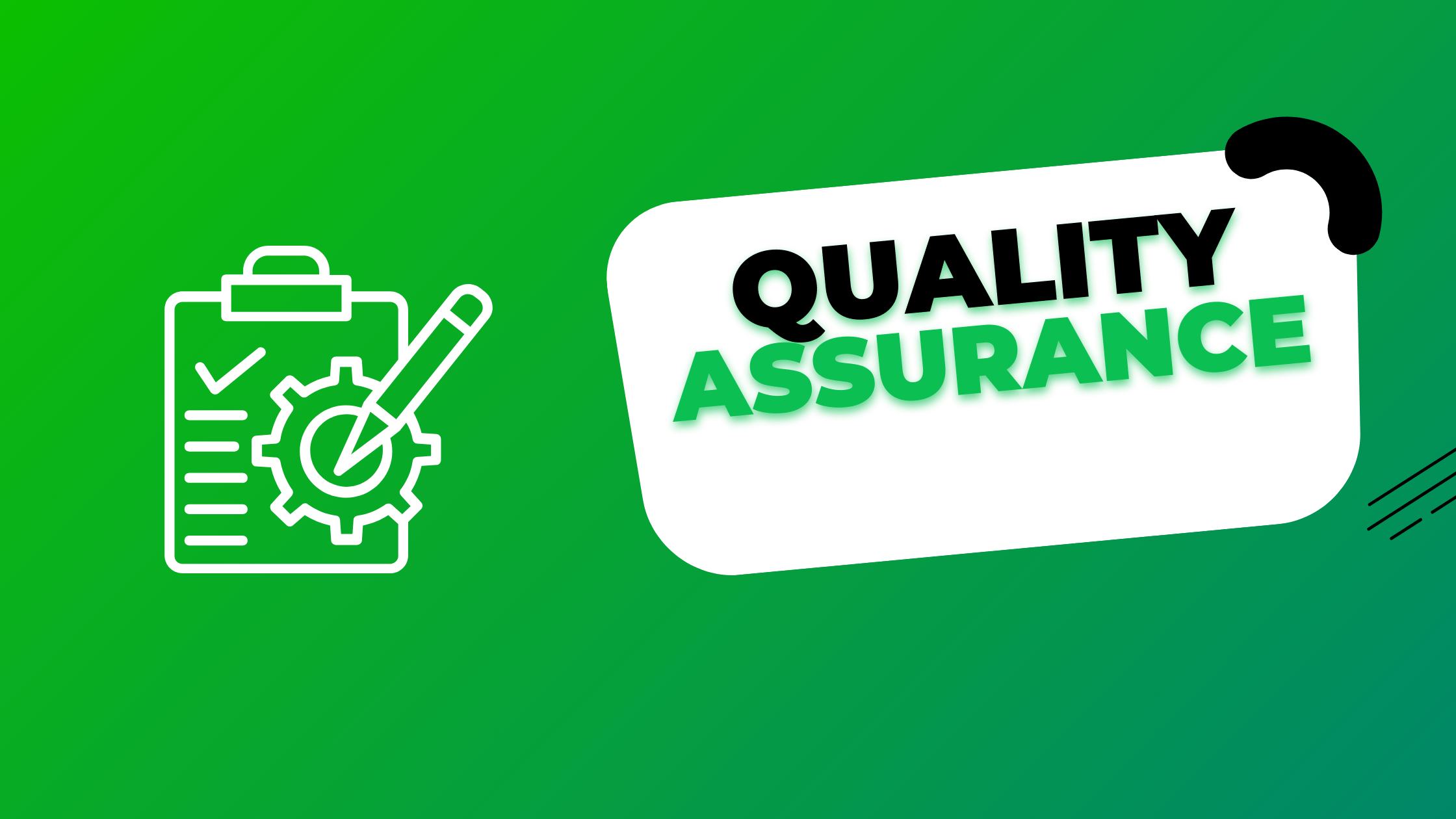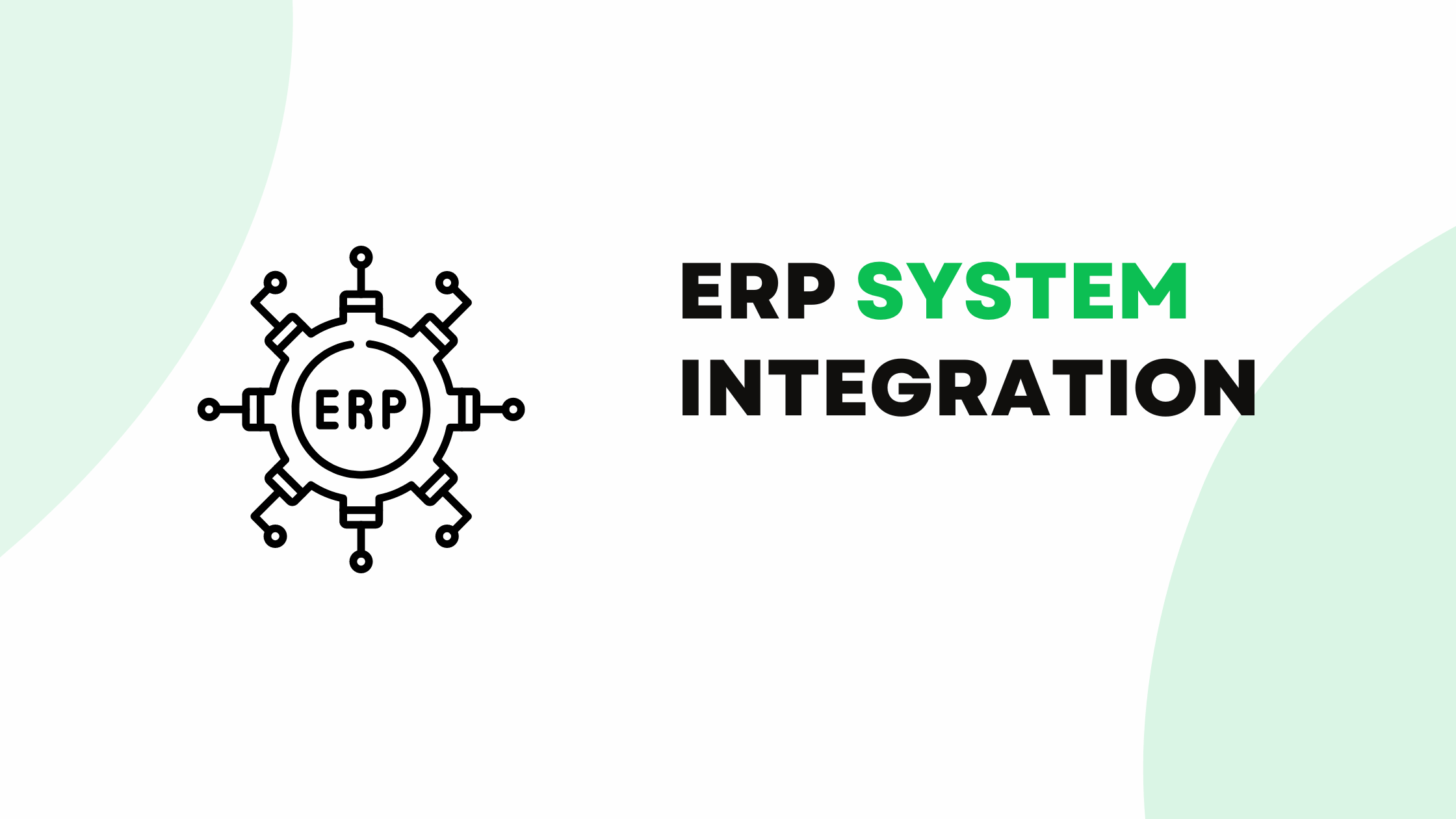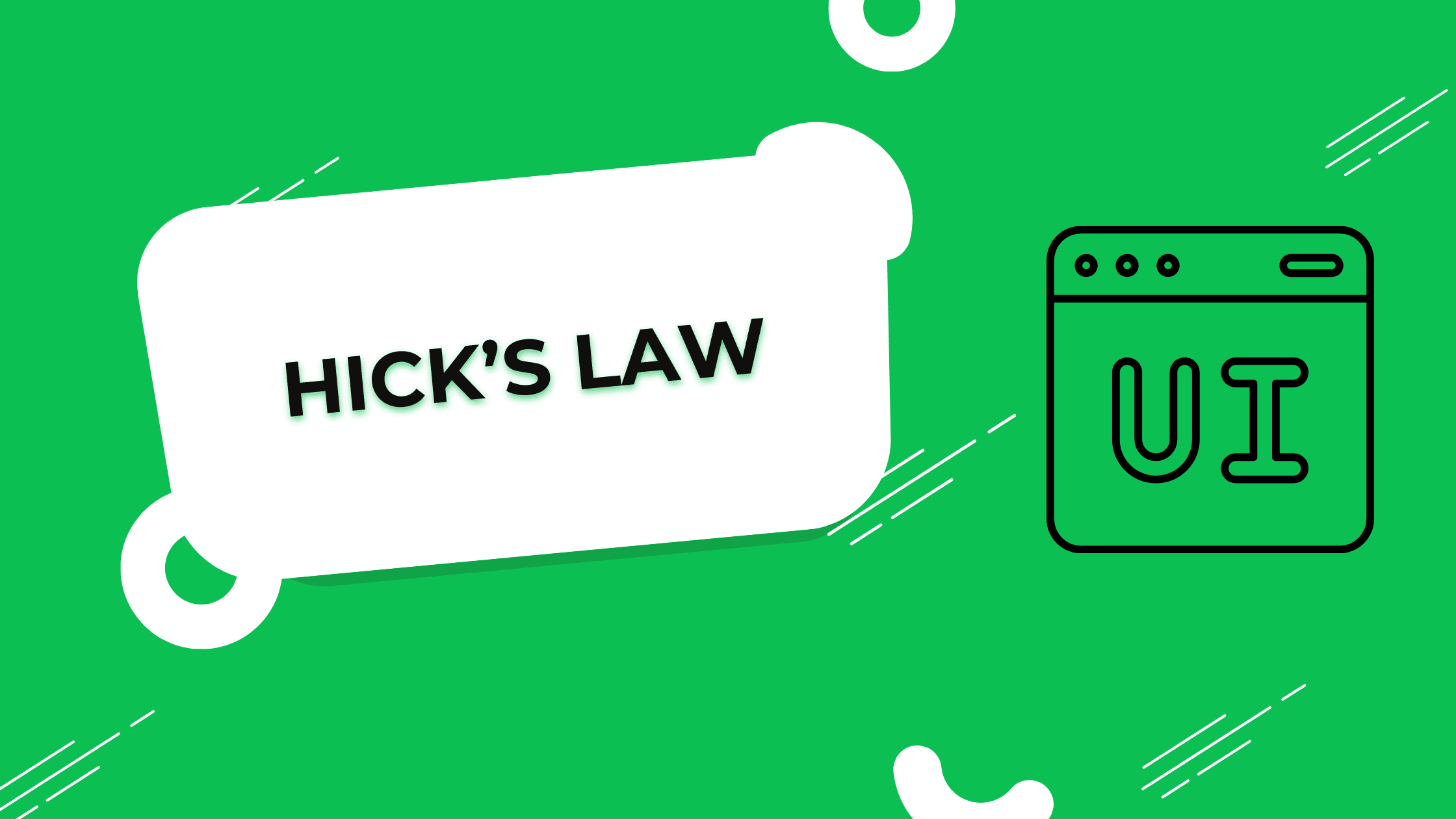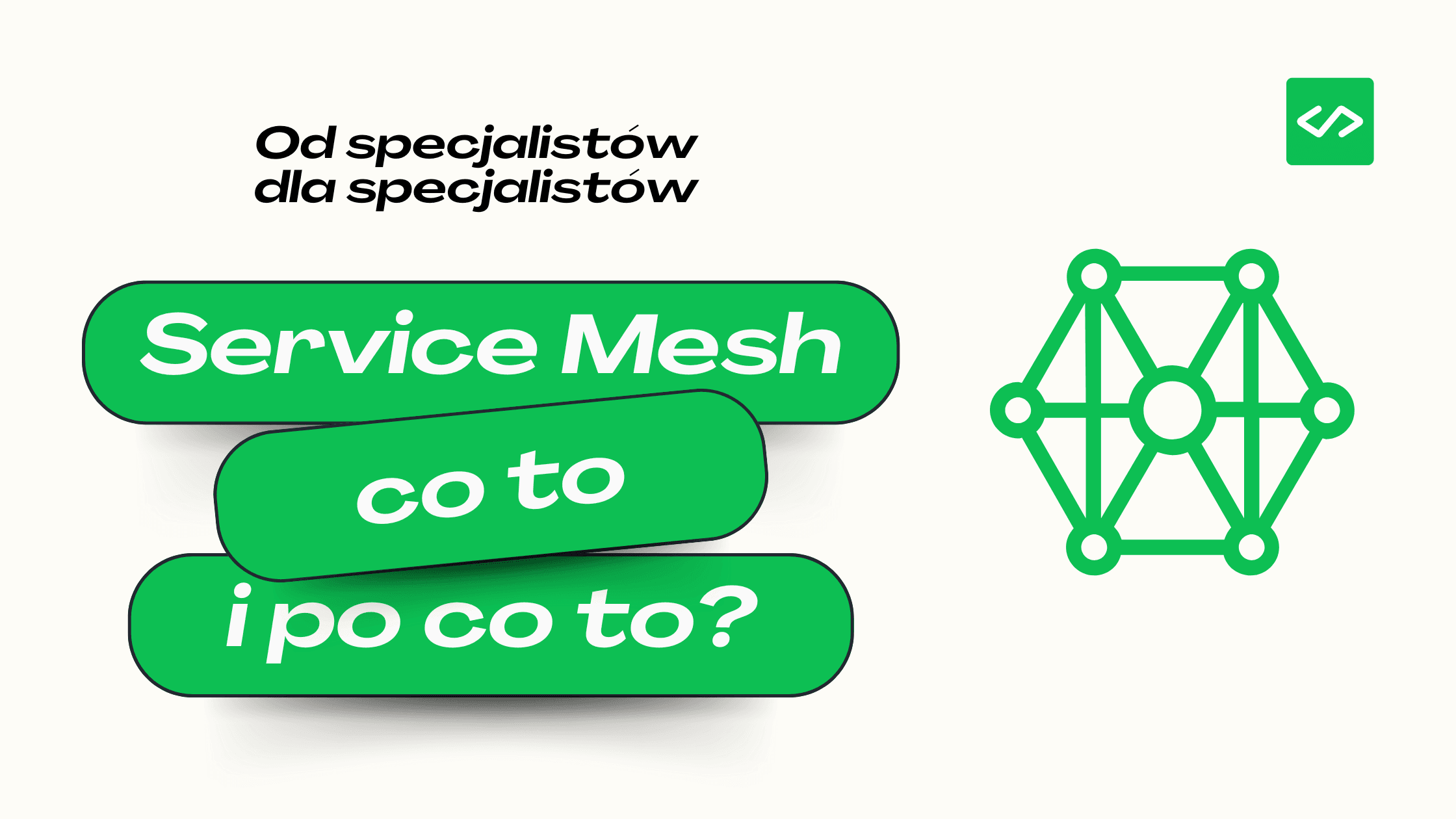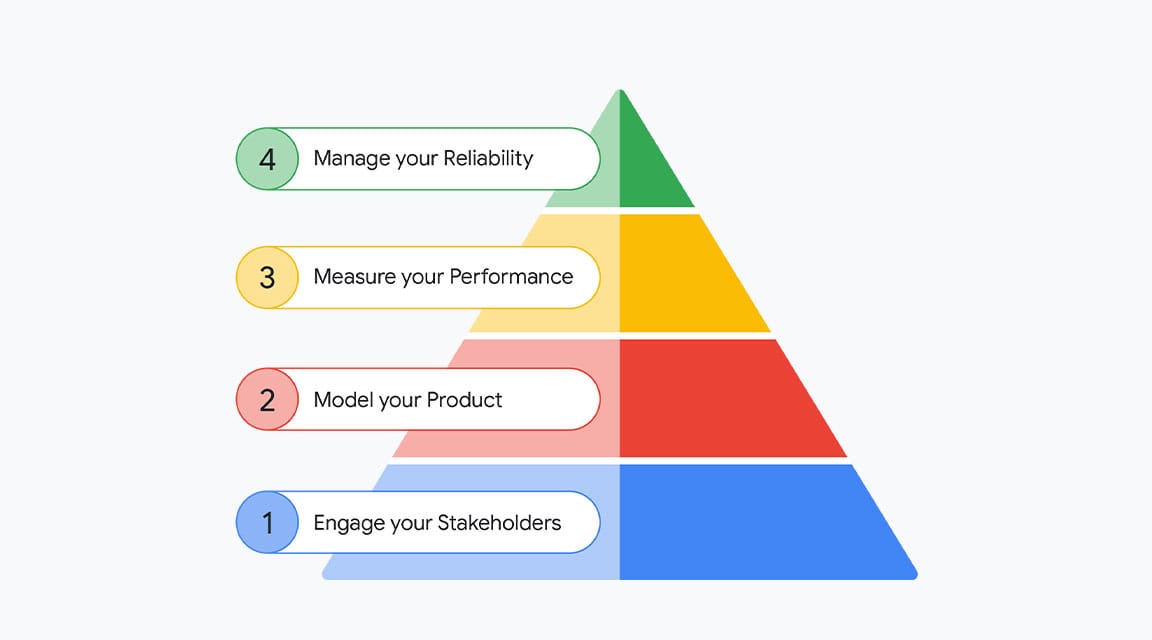Quality Assurance: What It Is and How to Provide It
In today’s competitive business landscape, delivering high-quality products and services is crucial for success. This is where quality assurance (QA) comes into play. But what exactly is quality assurance, and how can organizations effectively implement it? In this comprehensive guide, we’ll explore the concept of quality assurance, its importance, and practical strategies for providing it within your organization.
Speaking of strategy have you checked our proven 5 B2B Ecommerce Strategies?
Understanding Quality Assurance
Quality assurance is a systematic process of determining whether a product or service meets specified requirements. It is a proactive approach that focuses on preventing defects and ensuring consistency in production or service delivery. QA is an integral part of quality management systems and plays a crucial role in maintaining and improving the quality of goods and services.
Quality Assurance vs. Quality Control
While quality assurance and quality control (QC) are often used interchangeably, they are distinct concepts within quality management. Quality assurance is concerned with the process of making a product, while quality control focuses on the product itself. QA is preventive in nature, aiming to stop defects from occurring, while QC is detective, identifying defects after they have happened.
The Importance of Quality Assurance
Implementing a robust quality assurance program offers numerous benefits:
- Enhanced customer satisfaction
- Reduced costs associated with errors and rework
- Improved efficiency and productivity
- Increased competitiveness in the market
- Better compliance with industry standards and regulations
Quality Assurance Methods
Organizations employ various quality assurance methods to ensure product or service quality. Here are some common approaches:
1. Statistical Process Control (SPC)
SPC is a method of quality control that uses statistical techniques to monitor and control a process. It helps identify variations in the process that may affect product quality.
2. Total Quality Management (TQM)
TQM is a management approach that seeks to improve quality and performance across all organizational processes. It emphasizes continuous improvement and customer satisfaction.
3. Six Sigma
Six Sigma is a data-driven approach to eliminating defects and reducing variability in processes. It aims to achieve near-perfect quality levels.
4. ISO 9000 Series
The ISO 9000 family of standards provides guidelines for quality management systems. Many companies use ISO 9001, a specific standard within this series, to ensure their quality assurance system is in place and effective.
5. Capability Maturity Model Integration (CMMI)
CMMI is a process improvement approach that provides organizations with the essential elements of effective processes. It’s particularly useful in software development and IT service management.
The Quality Assurance Process
The quality assurance process typically involves several key steps:
- Quality Planning: Defining quality standards and determining how to achieve them.
- Quality Control: Inspecting and testing products or services to ensure they meet specified standards.
- Quality Audit: Systematically examining the quality system to ensure it’s functioning as intended.
- Quality Improvement: Continuously refining processes to enhance quality.
Roles and Responsibilities in Quality Assurance
Effective quality assurance requires involvement at all levels of an organization. Here are some key roles:
Quality Assurance Engineers
QA engineers are responsible for developing and implementing quality assurance methods. They work to prevent defects in products or services before they occur.
QA Team
The QA team is involved in all stages of product development or service delivery. They ensure that quality standards are met throughout the process.
Management
Top management plays a crucial role in fostering a culture of quality. They are responsible for setting quality policies and ensuring resources are available for quality initiatives.

Implementing Quality Assurance in Your Organization
Here are some steps to implement an effective quality assurance program:
- Define Quality Standards: Clearly articulate what quality means for your product or service.
- Develop a Quality Assurance Plan: Create a comprehensive plan that outlines quality objectives, methods, and responsibilities.
- Train Employees: Ensure all staff understand the importance of quality and their role in maintaining it.
- Implement Quality Control Measures: Put systems in place to monitor and measure quality at various stages of production or service delivery.
- Use Quality Assurance Tools: Leverage software and other tools to streamline quality assurance processes.
- Continuously Improve: Regularly review and refine your quality assurance methods based on feedback and performance data.
Quality Assurance in Different Industries
While the core principles of quality assurance remain consistent, its application can vary across industries:
Software Quality Assurance
In software development, QA is particularly important throughout the development lifecycle. It involves testing software at various stages to ensure it meets specified requirements and functions as intended.
Manufacturing Quality Assurance
In manufacturing, QA focuses on ensuring the quality of raw materials, production processes, and finished products. It often involves statistical process control and rigorous testing.
Service Industry Quality Assurance
For service-based businesses, QA centers on ensuring consistent service delivery that meets or exceeds customer expectations. This often involves standardizing processes and gathering customer feedback.
Challenges in Quality Assurance
Implementing effective quality assurance is not without its challenges. Some common obstacles include:
- Resistance to change from employees
- Balancing quality with cost and time constraints
- Keeping up with evolving industry standards
- Managing quality in complex supply chains
- Adapting QA processes to rapid technological changes
The Future of Quality Assurance
As technology continues to advance, the field of quality assurance is evolving. Some trends to watch include:
- Increased use of artificial intelligence and machine learning in QA processes
- Greater emphasis on data analytics for predictive quality management
- Integration of QA with Internet of Things (IoT) technologies
- Focus on sustainability and ethical considerations in quality assurance
Conclusion
Quality assurance is a critical aspect of successful business operations. By implementing robust QA processes, organizations can ensure the consistent delivery of high-quality products and services, leading to enhanced customer satisfaction and business success.
Remember, quality assurance is not a one-time effort but a continuous process of improvement. It requires commitment from all levels of the organization and a willingness to adapt to changing requirements and technologies.
Whether you’re in manufacturing, software development, or service delivery, investing in quality assurance can yield significant returns in terms of customer loyalty, operational efficiency, and competitive advantage. By understanding what quality assurance is and how to provide it effectively, you’re taking a crucial step towards excellence in your field.
